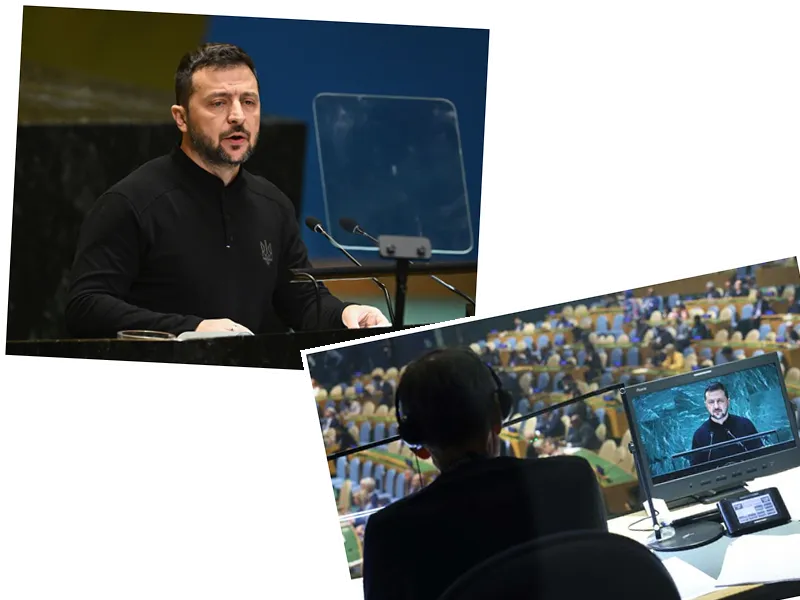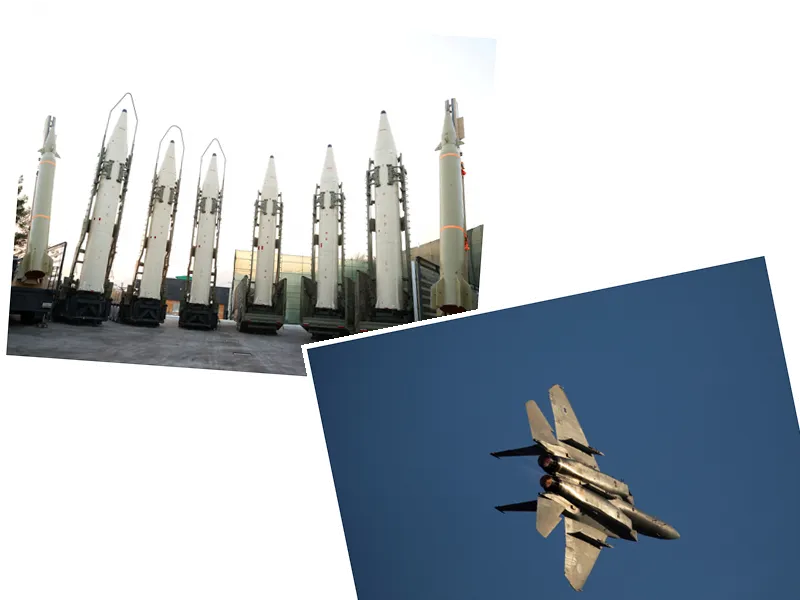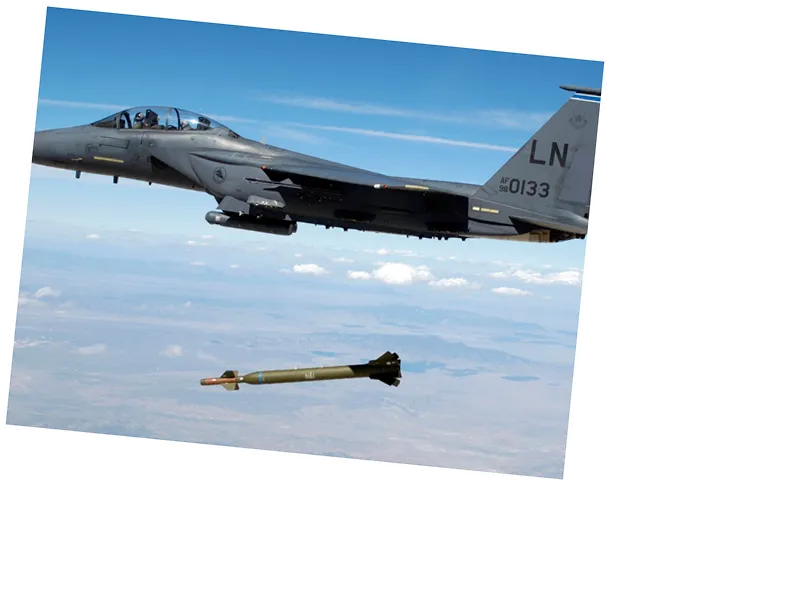Understanding Tactical Nuclear Weapons and Their Implications
Tactical nuclear weapons, unlike intercontinental ballistic missiles, are designed for battlefield use and possess a lower yield. Reports indicate that Russia holds approximately 2,000 tactical warheads, significantly outnumbering the United States' stockpile. These weapons can be launched using conventional mobile missile systems already deployed in Ukraine, raising concerns about their potential use in the ongoing conflict. Military experts warn that while the destructive power of these weapons is substantial, the actual deployment may not be as straightforward due to logistical challenges and the current state of the Russian military.
The Challenges of Deploying Tactical Nuclear Weapons
Experts believe that the Russian military lacks the elite forces and armored vehicles necessary to effectively utilize tactical nuclear weapons. The operational doctrine traditionally involved mechanized infantry, but many skilled soldiers have been lost in the conflict. Moreover, the decentralized nature of the Ukrainian military means there are no significant targets that would justify a tactical nuclear strike, making such an action potentially pointless and without military advantage.
Geopolitical Considerations and the Risk of Escalation
Despite Vladimir Putin's aggressive rhetoric regarding nuclear capabilities, the likelihood of Russia deploying these weapons remains low. Geopolitical pressures and the potential loss of support from allies like China and India serve as deterrents. Experts suggest that any nuclear escalation could further isolate Russia internationally, complicating its position in the ongoing war. As the conflict evolves, the focus remains on identifying military targets within Russia that could be threatened by Western support for Ukraine.
- Tactical nuclear weapons are smaller and designed for specific military objectives, making them distinct from larger nuclear warheads aimed at cities. The potential consequences of a tactical nuclear strike include widespread destruction, radiation exposure, and long-term uninhabitability of affected areas. The operational effectiveness of such weapons is heavily reliant on having appropriate military assets and skilled personnel, which the current Russian military may lack. Moreover, the risks associated with using tactical nuclear weapons extend beyond the battlefield, impacting international relations and Russia's geopolitical standing. The fear of escalation into a broader nuclear conflict remains a critical concern for world leaders.





